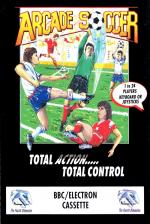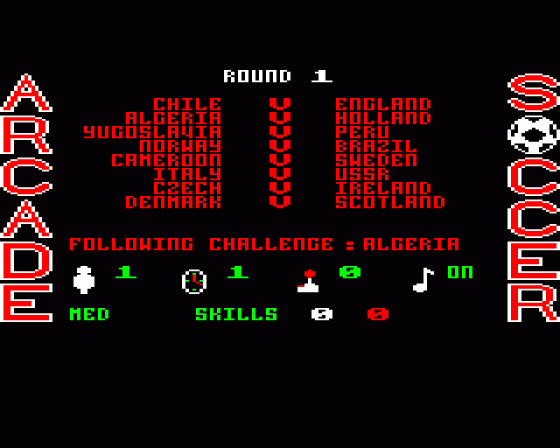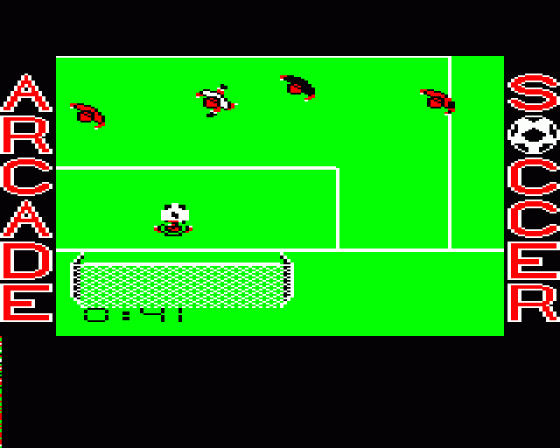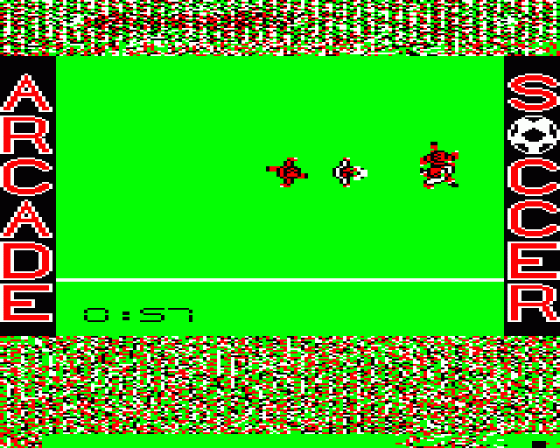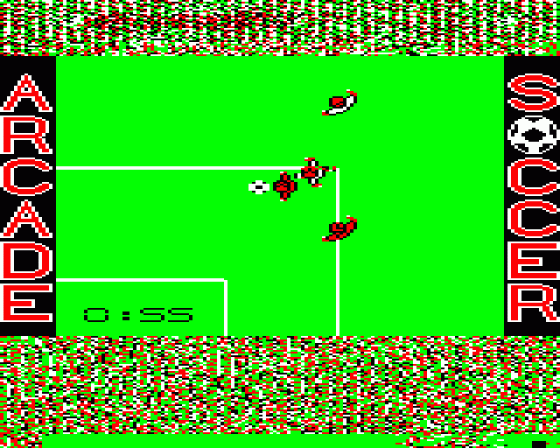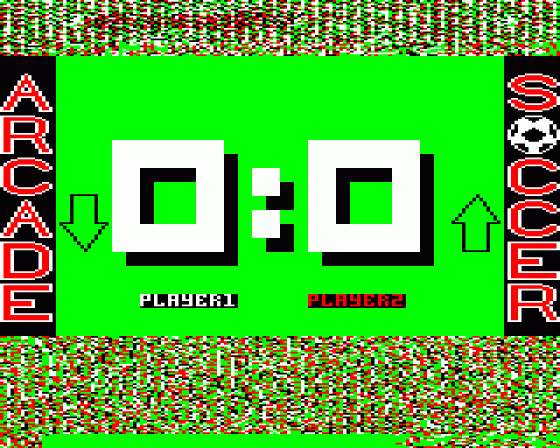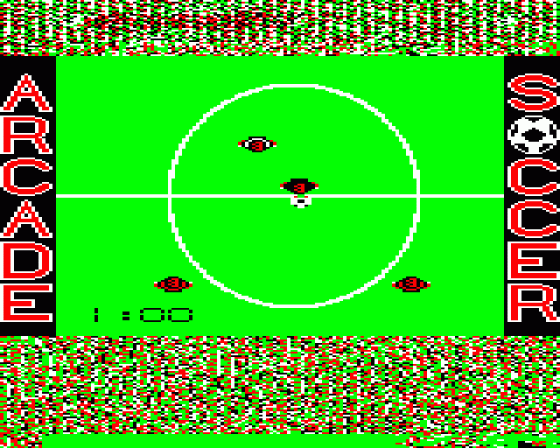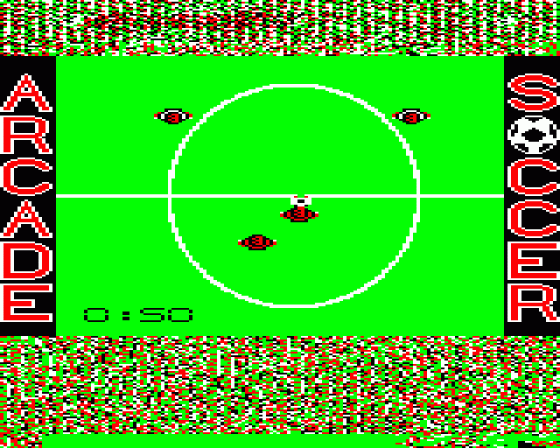Other Reviews Of Arcade Soccer For The BBC/Electron
Arcade Soccer (The 4th Dimension)
A review by Janice Murray (Electron User)
Arcade Soccer (The 4th Dimension)
A review by Matthew Fifield (A&B Computing)
Arcade Soccer (The 4th Dimension)
A review by Mark Elmer (Acorn User)
Arcade Soccer (The 4th Dimension)
C'mon you micro!


 26th August 2018
26th August 2018